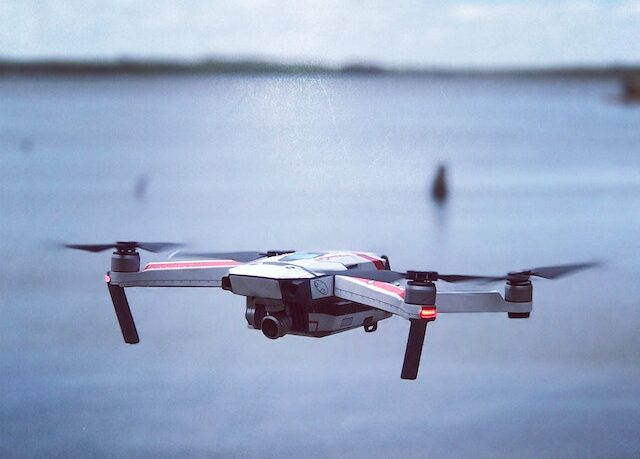As a futuristic technological marvel, drones have some exciting applications. In addition to being used to locate lost people, they are also useful for investigating suspicious activities and capturing videos to report to authorities. Also known as UAVs, drones are capable of carrying weapons, such as bombs and missiles. These devices have already been used by the U.S. military to target enemy territory and hideouts.
Currently, drones are capable of taking high-quality aerial photos and videos. Because they can gather such large amounts of imaging data, drones can be used for scientific research, mapping, disaster response, and other applications. Using this technology in disaster relief operations, for example, can help rescue teams prepare for the situation by providing a highly detailed 3D model of the area. However, there are many challenges associated with drones.
One of the most significant challenges of drone technology is their limited payload and flight time. Adding more power will only increase the cost of manufacturing and decrease flight time. Another challenge is air traffic management. Air traffic management systems are designed to separate manned aircraft from unmanned ones. While drones can work efficiently in certain scenarios, their incompatibility with human pilots creates confusion. Because of these limitations, the technology will continue to evolve in order to meet the needs of the general public.
The main advantages of drone technology include its potential for disaster relief and safety inspections. Drones are able to reach remote areas with relative ease, making them invaluable for disaster recovery efforts. Drones are also used for agricultural and geological mapping and surveying. As a result, engineers can more effectively measure locations, and they don’t need to walk through a dangerous area. Further, drones can help protect people by providing internet access to remote areas.
Drones are a great tool for the security forces. These systems can be used in many military operations. However, they pose a threat to aircraft. While drones may be beneficial to security operations, their presence near airports poses a significant security risk. While they can be a great deterrent against unfriendly elements, the public may view this data collection as intrusive and may not trust drone technology.
The benefits of drones extend far beyond security. During disasters, drones can be deployed to inspect high-voltage lines, provide information about hazardous areas, and monitor dangerous areas. Furthermore, they can be used to inspect complex construction projects, reducing obvious hazards and health risks. The benefits of drone technology are enormous. The next step is enabling them to perform complex tasks without human assistance. There are some challenges, however.
A major challenge with the use of drones is that they are vulnerable to wild animal attacks. This can lead to serious injuries, resulting in the pilots being put at risk. Furthermore, drones can pose a threat to wildlife, and operators may even crash into trees. Another risk is that drones will be used by poachers. Some of the more advanced hackers are able to hack into drones. Moreover, they can also collect the feeds of drones.
